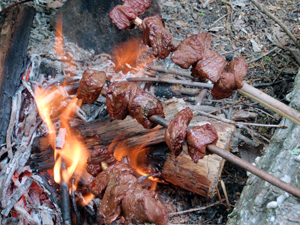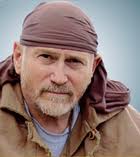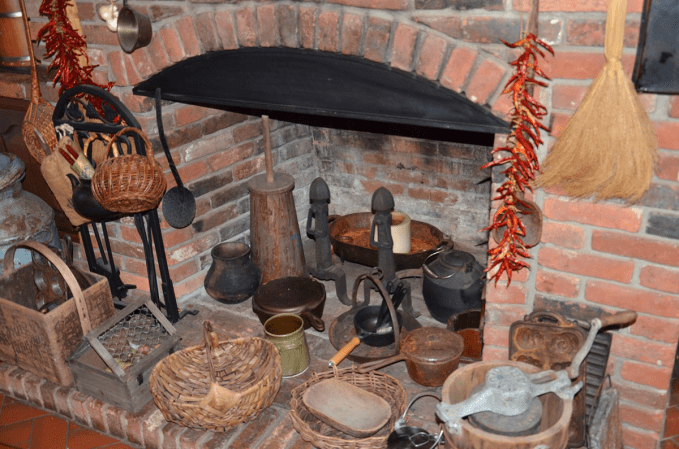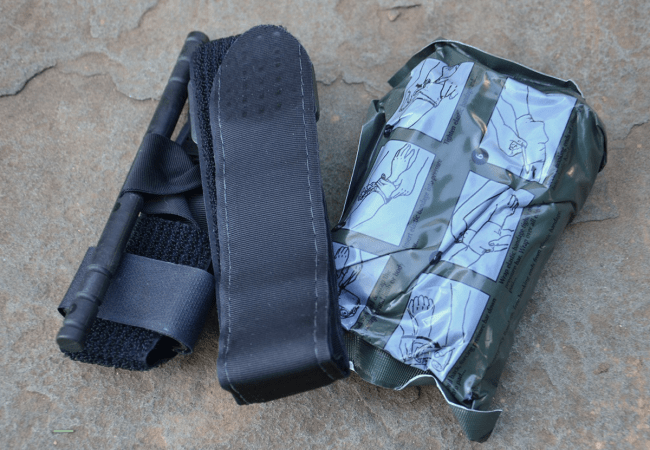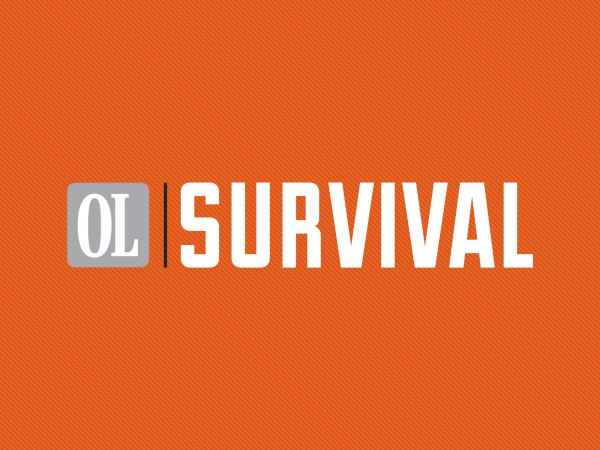With school closures and state shutdowns, human connection has become nauseatingly virtual. Zoom calls seem to run together; weeks of indoor isolation blends into an unmemorable mush. Loneliness levels were already on a steady incline before the past year and have compounded since, exacerbating anxiety, depression, and other mental health crises.
Some people have found an unlikely cure to their isolation gloom: more solitude. An isolated trip in the wilderness may be just the fix for what’s ailing us. It’s an opportunity to look inward, to better connect with ourselves, our families, and the great outdoors. And it’s often possible in our own backyard.
Pre-pandemic, kids went on 15 percent fewer outdoor outings in 2018 than they did in 2012, according to the Outdoor Industry Association.

Since then, hunting license sales in Wisconsin have risen 10 percent in 2020; in Vermont, sales of fishing licenses have increased by 50 percent. In a recent survey on how behaviors are changing because of the virus, 18 percent of respondents say they are spending more time outdoors, where transmission rates of Covid-19 are believed to be lower.
Read Next: Being a Parent, and a Kid, Hasn’t Been Easy This Year
“After a week in the woods with his son, a dad [I spoke with] was thrilled because he said he talked more to his son in the last five days than he had in probably the last five years,” says Jason Zabokrtsky, founder of Ely Outfitting Company, outside of Minnesota’s Boundary Waters. “A mom told me, ‘I’ve been trying for 15 years to get my husband to go camping. It finally took a pandemic to push him over the edge and go camping with us all. And we had a great time.’ I think that sort of epitomizes a lot of what we saw during our pandemic summer. I think they reasoned that the outdoors is a really safe place during the pandemic, then the wilderness must be even safer.”
National and state parks are seeing the most foot traffic ever. Great Smoky Mountains National Park again broke its all-time record for the busiest summer in park history. Officials found a seven percent increase in recreational visitation, and a combined visitation in June and July of 3.26 million visitors.
For kids, play dates and field trips have been traded for family time. With limited ways to engage their kids, near to bursting with pent-up energy, parents are turning to nature’s playground.
“This year with all the youth camps shut down,” Zabokrtsky says, “We’ve seen more families that are deciding to do their own family camp and heading out for wilderness camping trips together.”

Brain-Boosting Effects
Spending time outside is crucial to the health of families, especially during the pandemic. Even with chilly temperatures and dreary winter skies, just 30 minutes outside can boost our mood and attention, says Dr. Marc Berman, director of the Environmental Neuroscience Lab at the University of Chicago.
He even found that you don’t need to necessarily enjoy walking, or the outdoors in general, to enjoy the cognitive benefits: A 15 minute walk in the park can improve memory and attention by about 20 percent. In fact, Berman found that after taking a walk, individuals with clinical depression show even stronger improvements in memory and attention than other participants.
“From parental reports, we found that if the kids grew up having more nature around them, or did activities in nature, that they actually had better reported attention,” Berman says.
In the age of fast-paced technology and virtual learning, it’s no wonder that children and adults are having difficulty focusing. If your kids are bouncing off the walls, the best fix really is to get them outdoors. But with thousands flocking to beaches, parks, and hiking trails, it’s quickly become clear that there’s not always enough space for everyone to get the outdoor recreation we need.
Specifically, the pandemic has illuminated the need for more green space, especially in cities.
“If we don’t have enough nature that people can’t go out and use it without [traveling a] big distance, then we don’t have enough nature,” Berman says.
Nature is a necessity, and the solution is clear for city-bound kids: to plan and create more greenspace.
Canoe Confidence
A walk in the park is great, but you know what’s even better? A few days paddling through true wilderness. The Boundary Waters Canoe Area Wilderness in northern Minnesota is perfect for young families, Zabokrtsky says. The million-acre wilderness is a vast stretch of lakes and woods that hold 1,200 miles of canoe routes.

“Very young kids tend to do very well in the wilderness. Once they’re out there, they are sort of in their element,” Zabokrtsky says. “It seems very natural for them in my experience, and they tend to love it.”
The Boundary Waters saw visitors from across the country last year, but most were local residents rediscovering nature in their home state.
“I’d say, fully 50 percent of our customers this summer were from within a tank of gas from our door,” says Dave Seaton of Hungry Jack Outfitters. “It was wonderful this summer to hear people going on about how they were happy to be reminded of this little jewel right in their own backyard.”
About 20 miles from Ely, Minnesota, lies the Girl Scouts canoe base on the shores of Moose Lake. The Girl Scouts of Minnesota and Wisconsin Lakes and Pines Council leads 100 to 150 women and girls into the Boundary Waters each year on canoe adventures.

Summer program director Ann McNally fell in love with the Boundary Waters when she began guiding Girl Scout canoe trips in the mid-1990s. During the academic year she teaches chemistry at Seattle University, but every summer she returns to Ely to help Scouts experience the outdoors and learn life skills.
“No matter who you are, no matter what trip you’re on, at the core is achieving things you didn’t think you could do before, McNally says. “The youngest age for girls to come on our trips is 12, and most 12-year-old girls have never carried a canoe. That feeling of carrying a canoe is mind-blowing. It’s so confidence building. We emphasize teamwork and technique every step of the way.”
Climbing Out of Isolation
But not every parent has the resources to give their kids a full wilderness experience. That makes outdoor opportunities near large metropolitan areas all the more important. Outward Bound California, for example, just completed construction on a ropes course in John McLaren Park, San Francisco’s second-largest park. The course, which opened in late November, was built in conjunction with San Francisco Parks and Recreation.
“It’s really going to be critical for local populations,” says Nettie Pardue, Executive Director of Outward Bound California. “There’re about 10 schools within walking distance of the ropes course,”
The ropes course consists of nine “high” climbing activities, in which participants embark on a series of challenges several feet off of the ground. On the ground, teams can tackle “low” element challenges to develop confidence, team unity, and leadership skills.
Outward Bound is known for this sort of approach—using the outdoors as a laboratory for personal growth and community building.
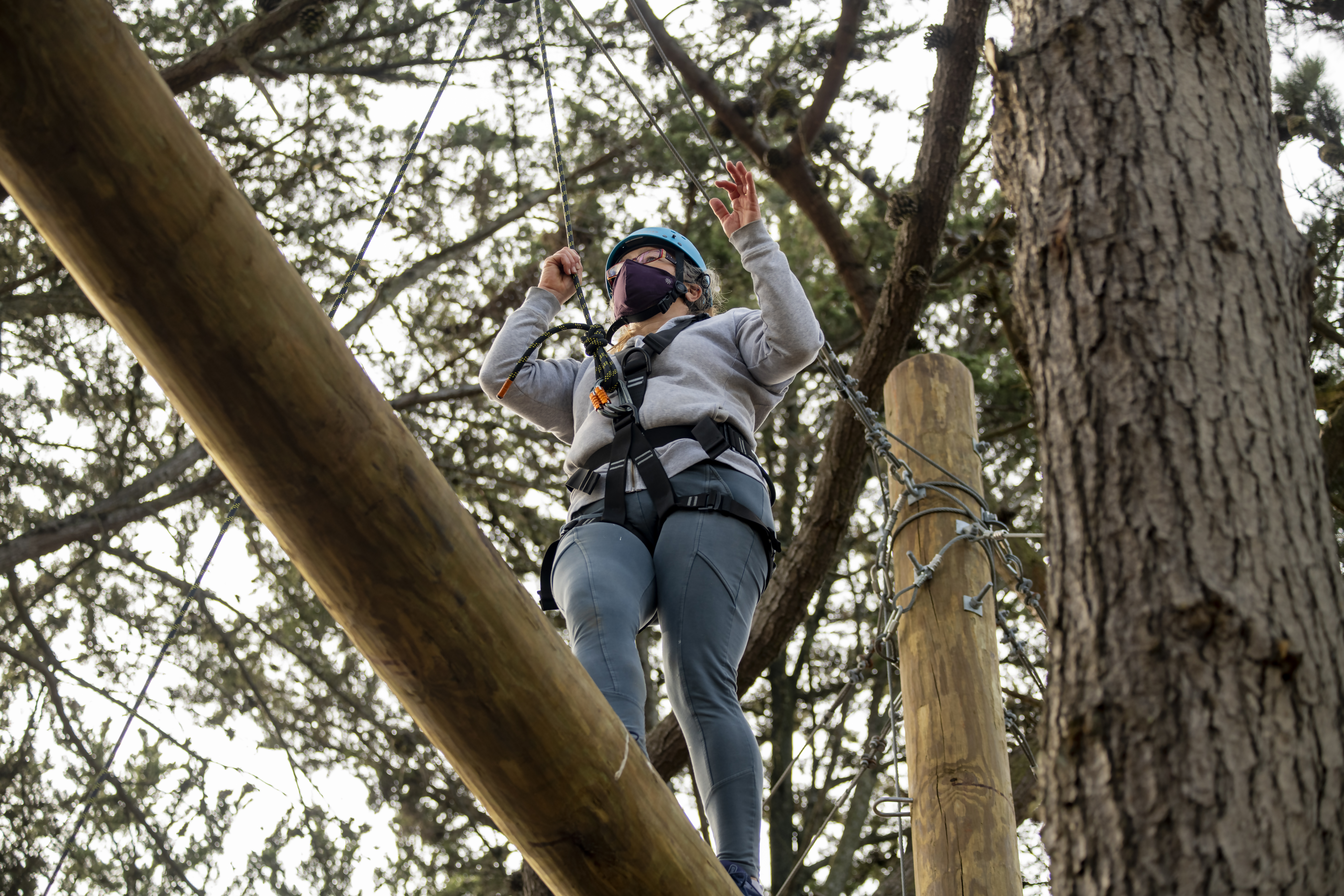
“We’d like to think one of the program outcomes at an Outward Bound course is creating a sense of belonging, creating healthy groups, feeling empathy and connection towards others, and being part of a safe community,” Pardue says. “You can imagine folks being feeling so isolated, including me, right now during COVID. I think their response from the youth has been really positive, partially because they just get that connection to one another.”
The course is making essential Covid-19 modifications, including social distancing and sanitization. The ropes course is currently closed due to the state of California’s stay at home order, but Pardue hopes to reopen this winter according to local guidelines.
Parents are encouraged to enjoy the course with their children.
“The response was really quite beautiful,” Pardue says. “Parents [are] having this experience to be able to interact with their kid, being able to be outdoors in a structured environment, and being able to push themselves and challenge themselves in a different way.”
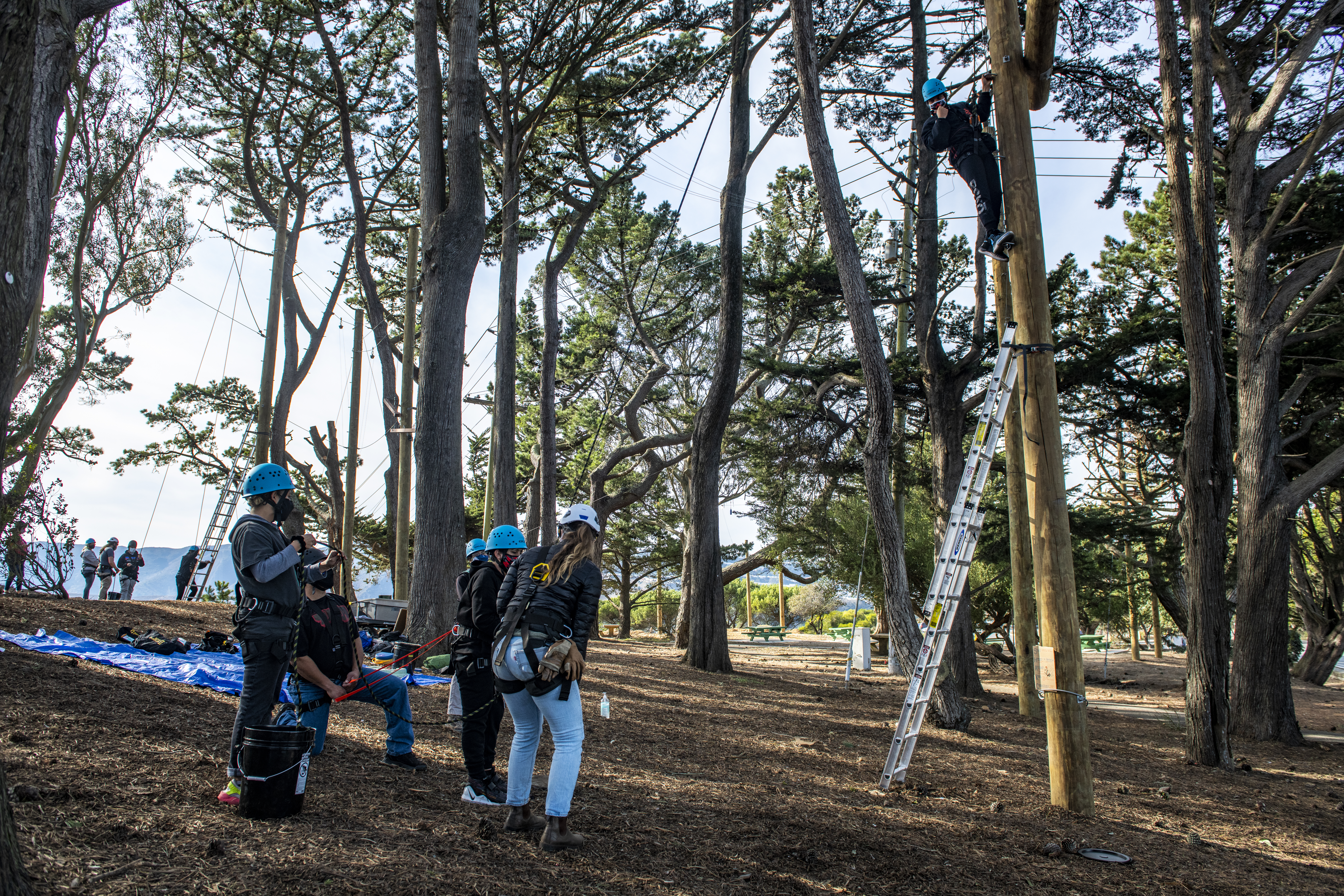
Help Kids Get Outdoors
Support is essential in maintaining accessible and engaging outdoor programs. From the classroom to the wilderness, investing in a student’s outdoor education is a key step in creating a generation of empathetic conservationists. There are plenty of ways to support kids immersion in the outdoors.
“Outward Bound California serves about 2,200 students,” Pardue says. “About two-thirds of those students that we serve are in scholarship. We do a lot of fundraising to provide access for a lot of populations that might not get to experience the outdoors.”
You can donate to Outward Bound California here, or the national Outward Bound program here. You can help support life-changing wilderness trips by giving to the Girl Scouts Minnesota and Wisconsin Lakes and Pines here. To learn more about wilderness trips and volunteer opportunities, contact Ann McNally at amcnally@girlscoutslp.org.

